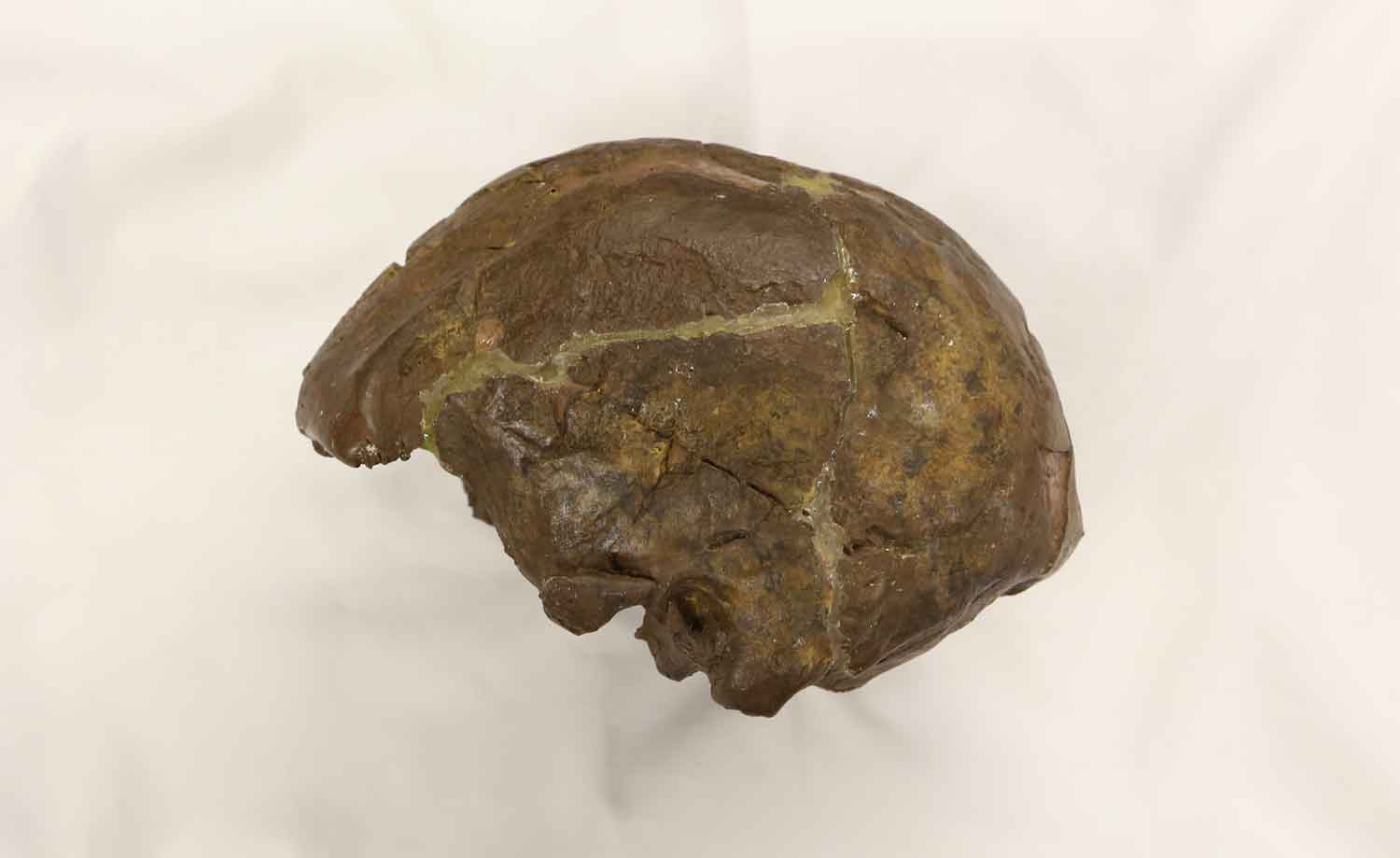Blog articles
An in-depth look at the pelvic reconstruction of Ardipithecus
The pelvic anatomy of Ardipithecus ramidus may give clues about the posture and locomotion of this ancient species.
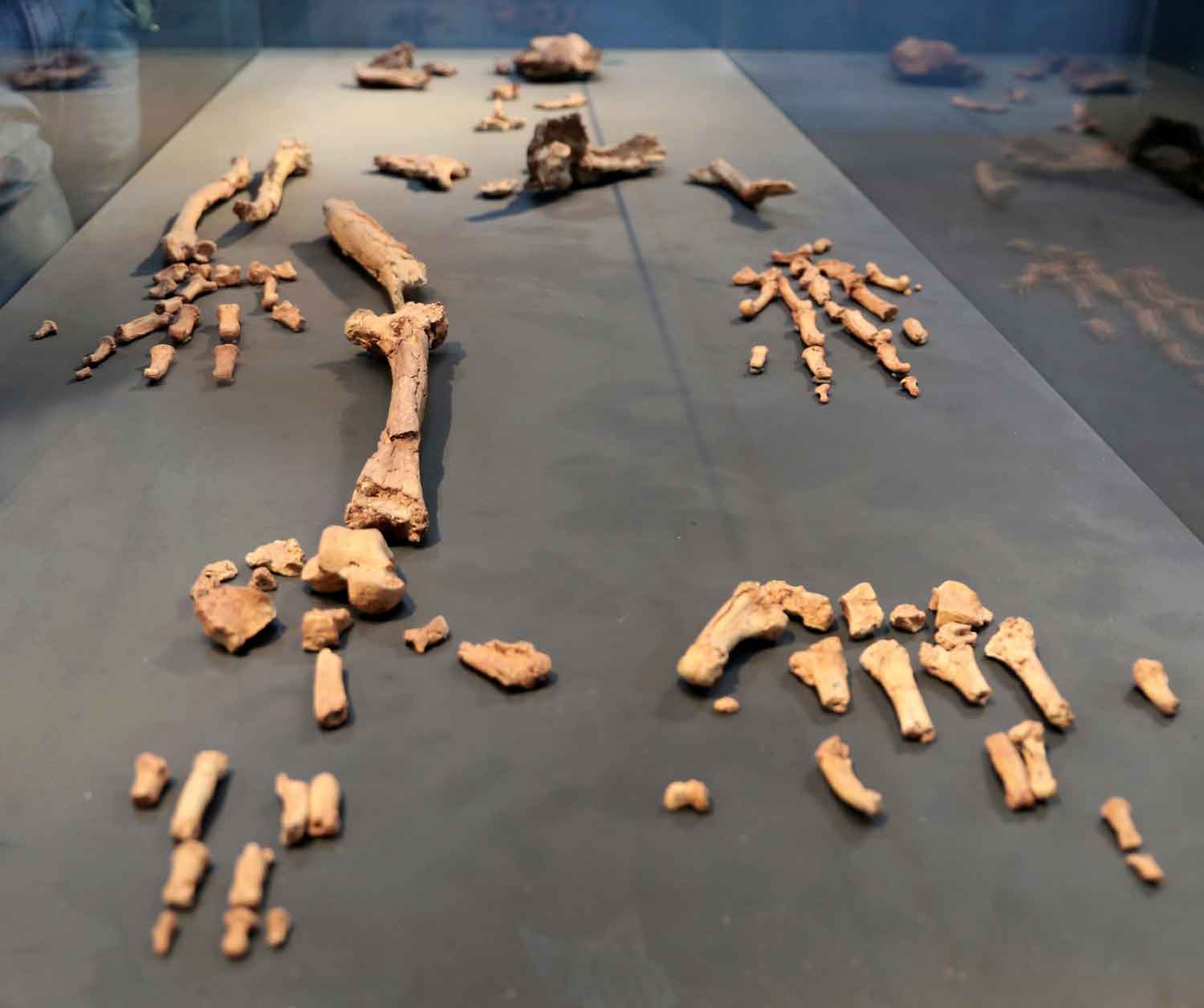
A new study of old shells shows shoreline resource use by Homo erectus
Notes on a study by José Joordens and coworkers on the Trinil collection associated with Eugene Dubois' original Pithecanthropus dig

Gertrude Caton Thompson within the history of archaeology in Africa
As I read through the 20th-century archaeologist's memoirs, I find the flavor of the field in the 1920s and 1930s.
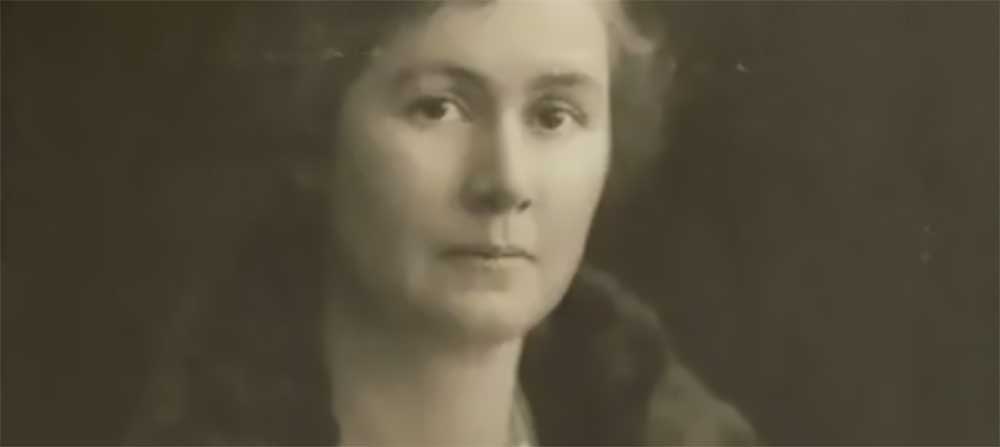
Have human lifespans been constant for the last 2000 years?
Maximum lifespan is hard to assess in past populations. The data suggest that lifespan has been increasing over time.

Sahelanthropus: The femur of Toumaï?
I publish exclusive photos of a femur claimed to be associated with the Sahelanthropus type specimen.
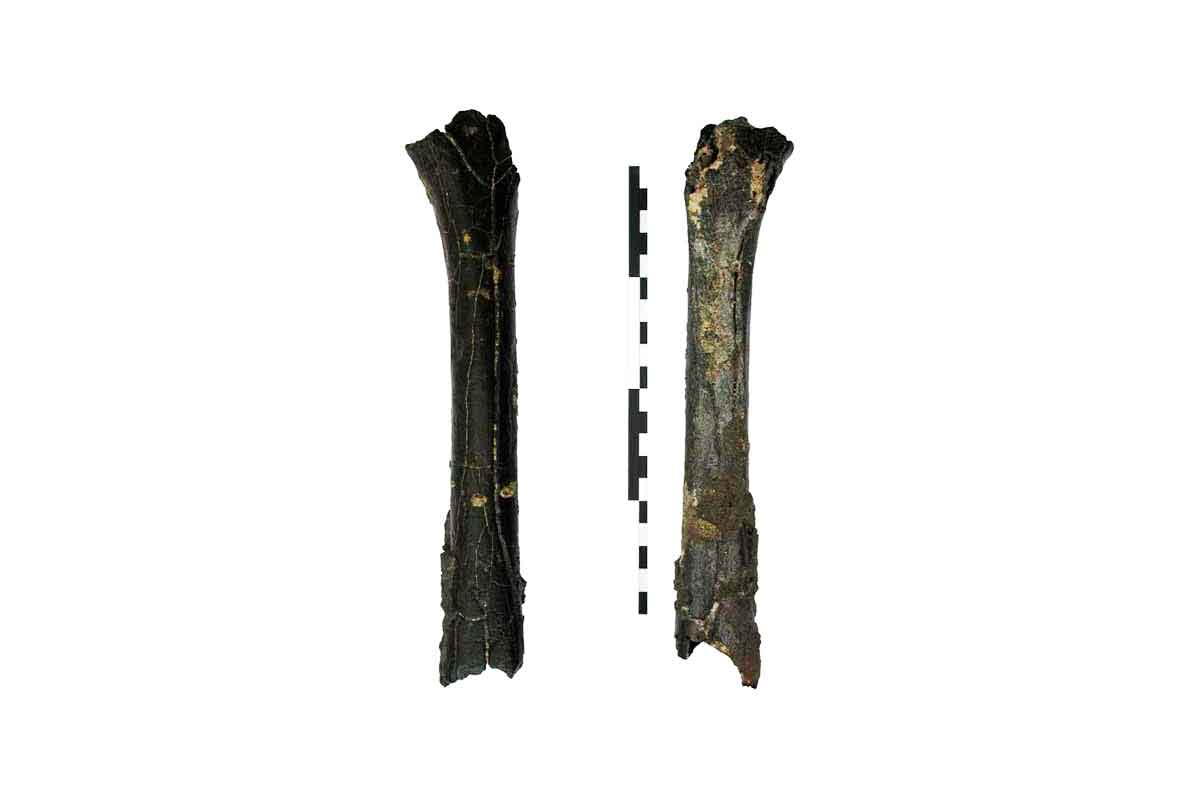
Did somebody bury the bones of Toumaï?
I recount the complicated story of how a discoverer of the Toumaï skull has raised doubts about its context.
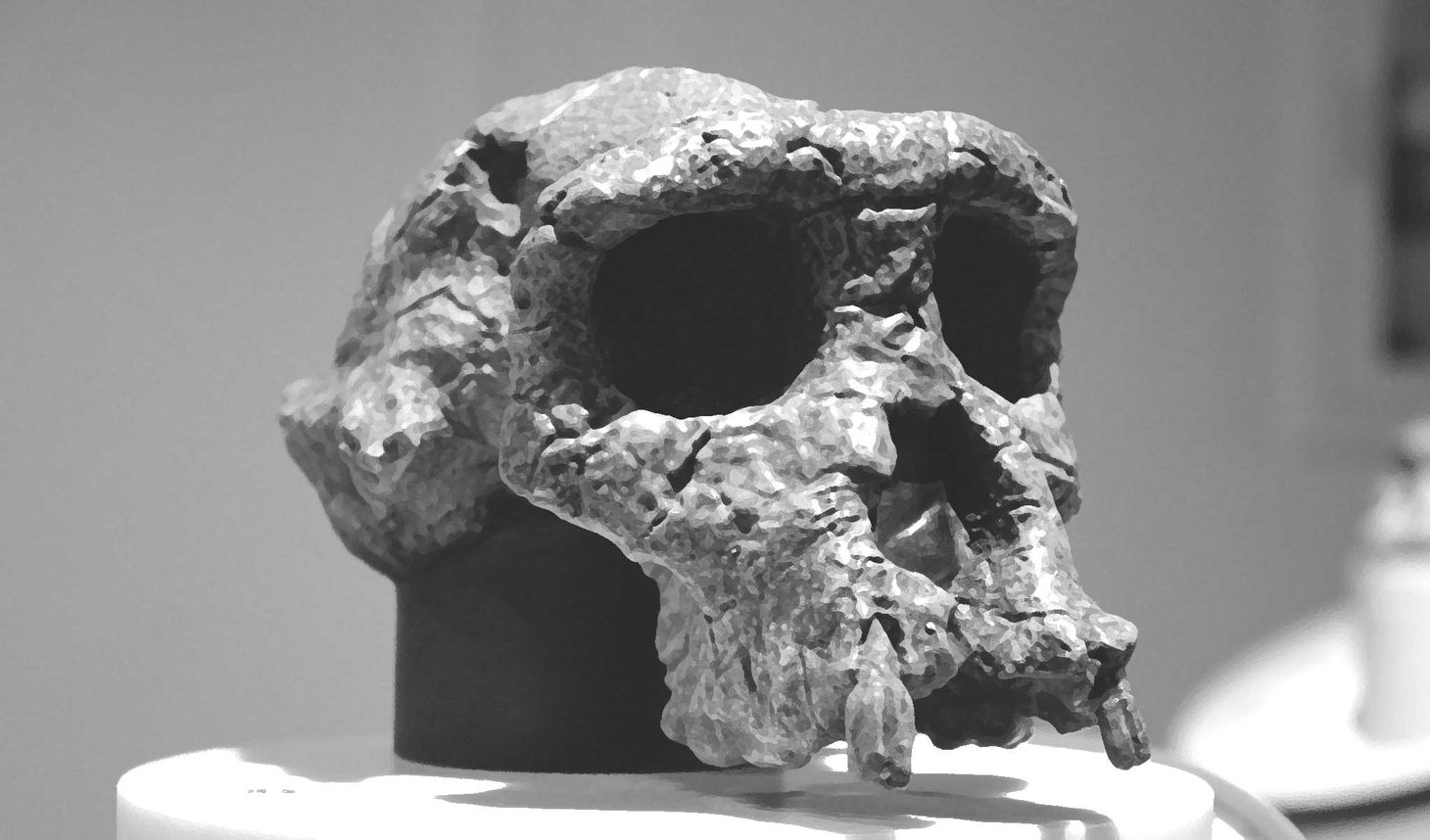
Did Neandertals evolve in a population sink?
The dynamics of adaptation in shrinking populations may help understand how many ancient populations evolved.

Notes on Ashley Montagu, recent human evolution, and human equality
The anthropologist argued that humans have stopped evolving, but that isn't the way we understand human evolution today.

How much was migration a creative force for culture change?
An essay by Peter Richerson and Robert Boyd explores the way that cultures evolved by contact.

Human evolution stopping? Wrong, wrong, wrong.
I look into arguments by the geneticist Steve Jones that human evolution has stopped. It hasn't.

A short introduction to information theory
I lectured this week in my Biology of Mind course [http://biologyofmind.johnhawks.net/] about information theory, and in particular the concept of Shannon entropy. I’ve typed up a few notes for my students, and I’m cross-posting them on my own blog because they are relevant to another
Book review: Spook, by Mary Roach
An entertaining book that looks at the history of seances and spiritualism, with a few cringey moments.
The “amazing” Boskops
A book tries to revive the myth of a large-brained ancient race in southern Africa. It was wrong in 1958 and remains wrong today.

Our new paper on why human evolution accelerated
I run through our 2007 work on evidence for recent natural selection across the human genome.

Howler hybrid hunting
A montane hybrid zone between two species of Alouatta suggests an explanation rooted in cold tolerance.
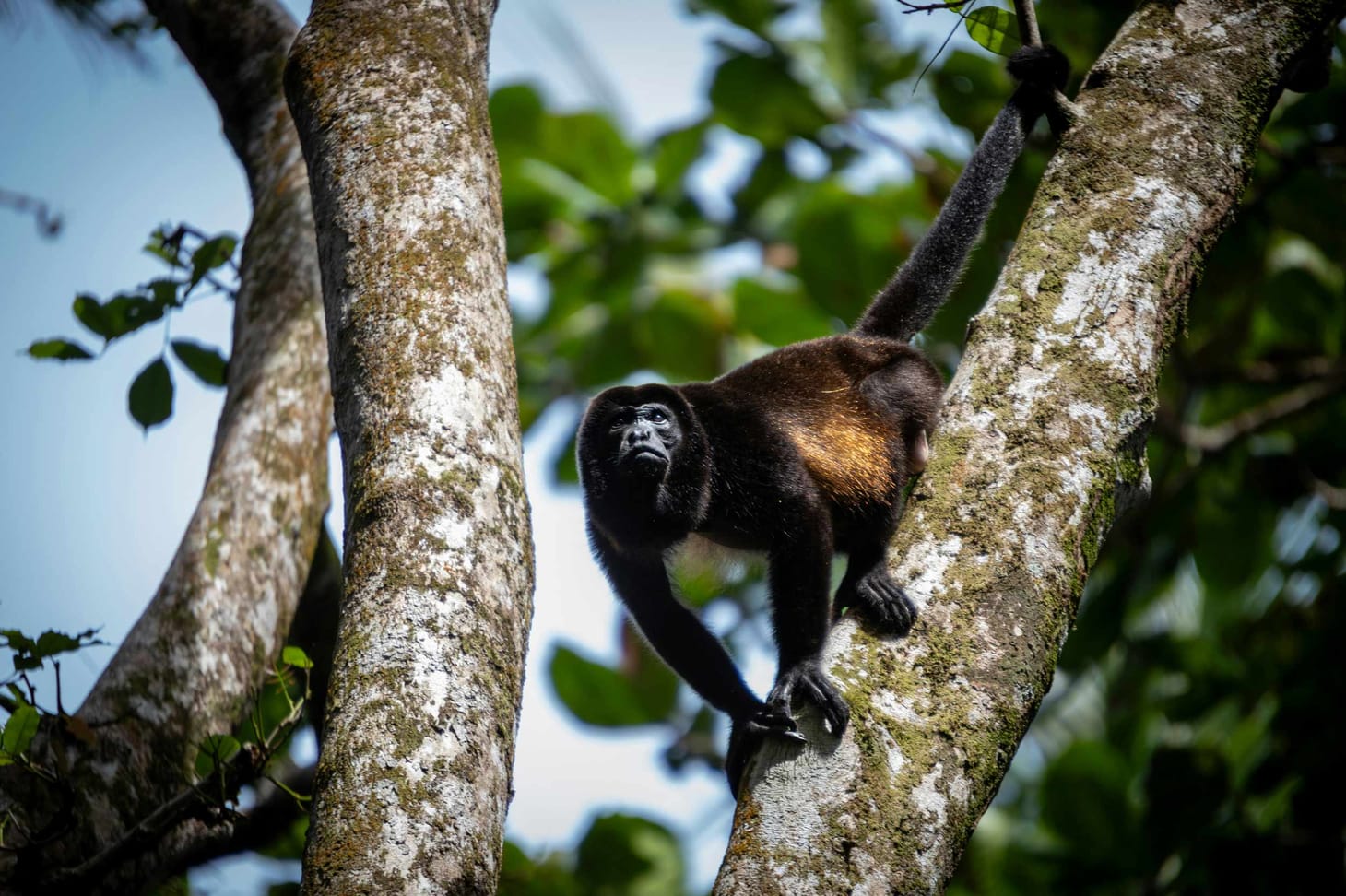
HIV susceptibility locus protects against an extinct virus
The TRIM5α protein in humans doesn't resist HIV very well but may have once protected us from another ape virus.
Why did some Polynesian island societies lose their pigs?
Some island peoples extirpated their pigs after establishing them. Was it planned due to competition for plant foods with humans?

Darwin witnessing the plagues of European colonization
He described the destruction of Indigenous peoples as the result of a “mysterious agency” but saw the evidence of infectious disease firsthand.
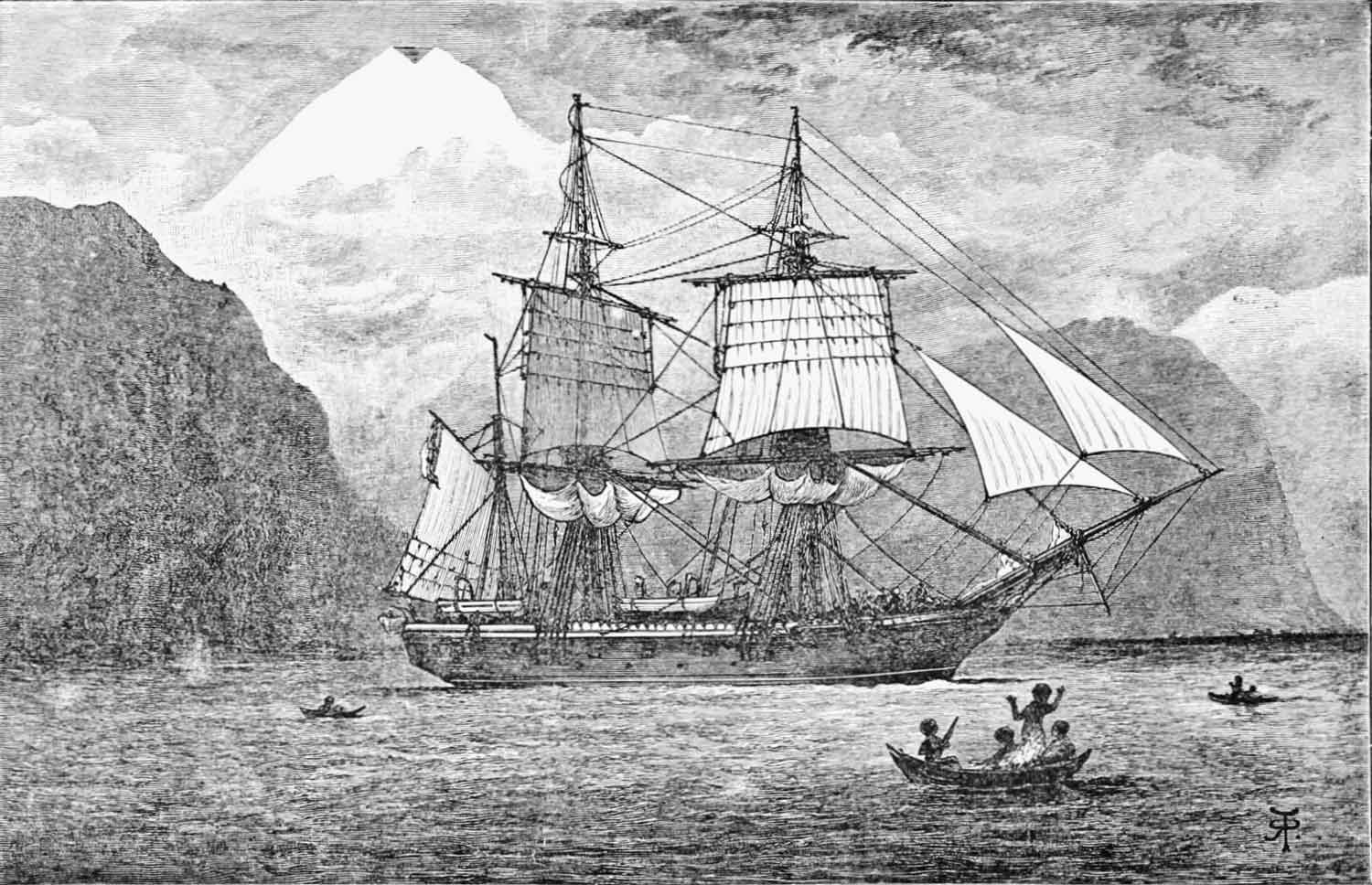
For Linnaeus, classification followed from the new idea that species were fixed
A recent book by Ronald Amundson discusses the philosophical shift in the way that eighteenth-century naturalists viewed species.
High adult mortality in some contemporary hunter-gatherers
A brief review of a paper describing the causes of high mortality among young adults of the Hiwi people.
How research into the causes of health disparities matters to cancer
Science writer Jennifer Couzin has an important profile [https://dx.doi.org/10.1126/science.315.5812.592] of cancer researcher Olufunmilayo Olopade. I say it's important because the profile really presents a nuanced view of the relationship of biology, race, and health outcomes: > It's
Ninety percent of your brain is (not) useless
A close look at the idea that most of the brain is superfluous space, with a review of people who get by with extraordinarily small brain mass.

The legend of Henry Ford's kingpins in evolutionary biology
Looking critically at a story used to illustrate the process of natural selection.

A case study of race and medicine: the BiDil trial
I review news coverage of a drug marketed to African-American cardiology patients, and think about the impact of ancestry on health.
Who first inhabited the European Arctic? A look at Mamontovaya Kurya
I examine a new paper reviewing a site in the far north of European Russia, with critical examination of the idea that Neandertals were this far north 40,000 years ago.
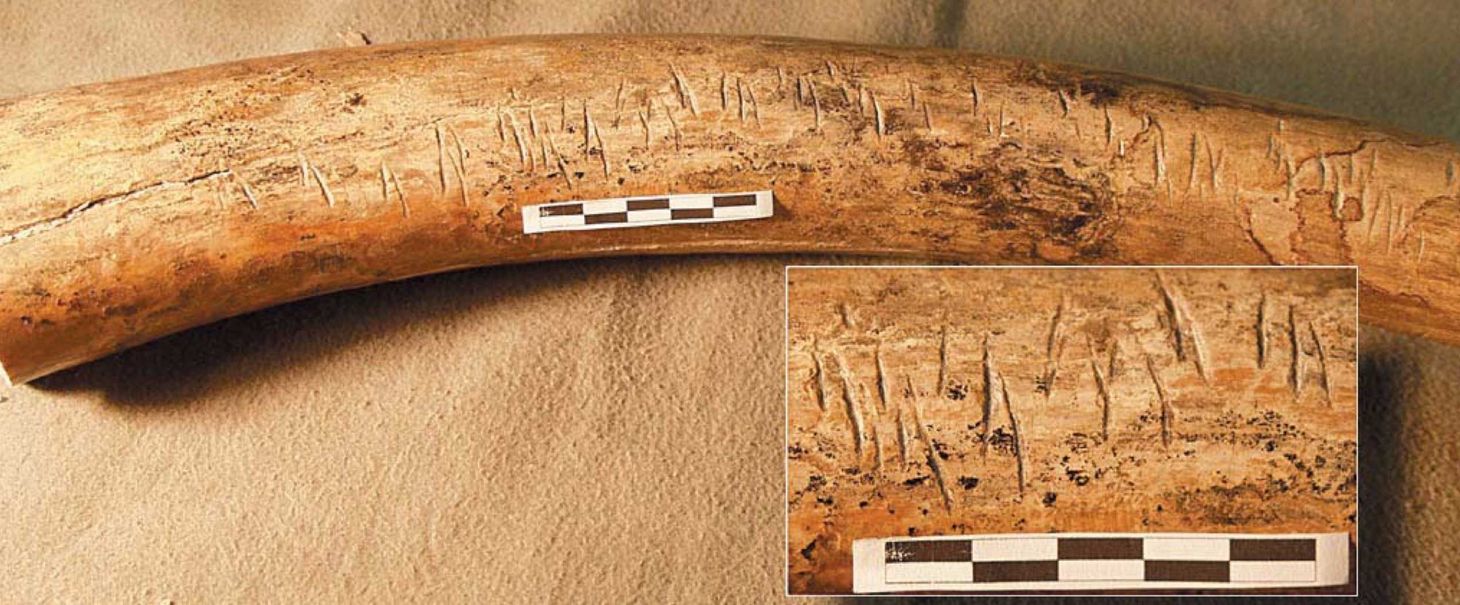
Data access to fossil hominins, reflecting on the NSF policy
In a post from 2005, I reflect on why access to data from fossil hominins is of central value to progress in paleoanthropology.
The earliest stone toolmakers had some technological sophistication
Several studies consider the stone flaking decisions necessary for Oldowan tool manufacture.
Did giant humans walk the Middle Pleistocene earth?
A National Geographic documentary program prompts questions about some fossils from South Africa with large body size estimates.
How the PhyloCode would change names in human evolution
A detailed post on a taxonomic proposal, with consideration of the idea that humans and our fossil relatives should be hominins instead of hominids.
Are the "earliest modern human" skulls really modern?
The redating of the Omo Kibish fossil remains prompts a close look at what it means to be a modern human.
